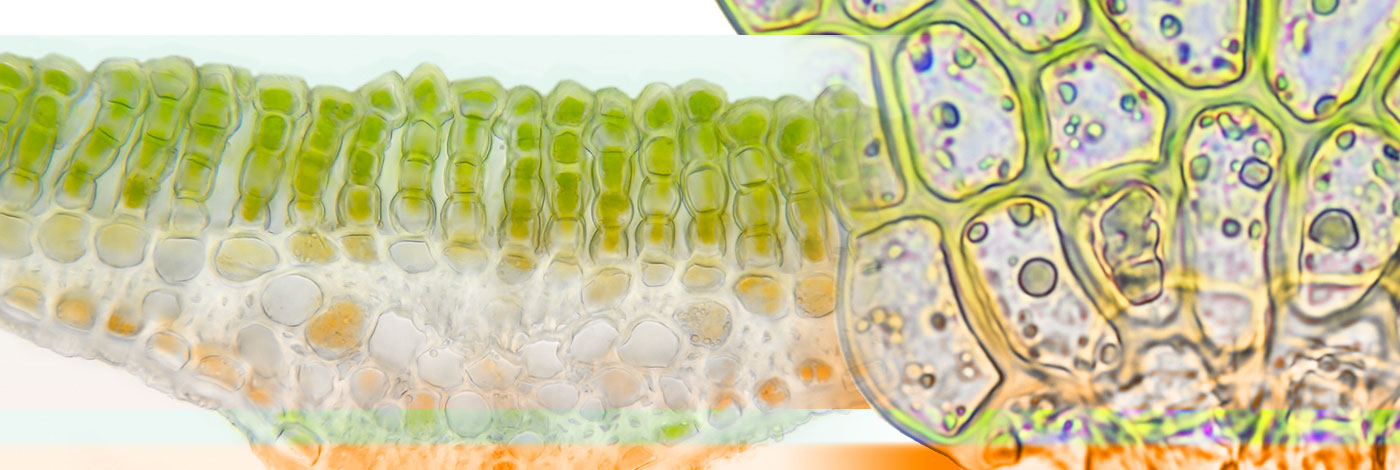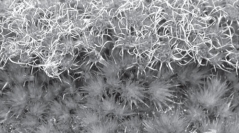

 Cryptogamie, Bryologie
27 (2) - Pages 213-223
Cryptogamie, Bryologie
27 (2) - Pages 213-223Recently mixed stands of Campylopus introflexus (Hedw.) Brid. and another piliferous Campylopus taxon were found in Brittany, France. The latter resembles C. pilifer Brid. by its straight hairpoints, but the lamellae on the dorsal costa surface are only 1-2 cells high, as typical for C. introflexus, instead of 3-4 cells high as characteristic for C. pilifer. Similar plants were recorded before from northern Argentina and the East African islands. Phylogenetic analyses based on sequences of the nuclear ribosomal DNA ITS1 and ITS2 and the chloroplast DNA atpB-rbcL spacer indicate a close relationship of intermediate plants from Brittany and Réunion with C. pilifer accessions from the Old World (Macaronesia, Continental Europe, Arabia). Campylopus introflexus from the same locality in Brittany is part of a well-supported clade of C. introflexus accessions from the subantarctic region, North America and Europe. For practical reasons, the intermediate specimens are distinguished on varietal level, as Campylopus pilifer var. brevirameus (Dix.) J.-P. Frahm & Stech, comb. nov. Campylopus pilifer subsp. pilifer now comprises three varieties with different types of lamellae, var. lamellatus (Mont.) Gradstein & Sipman with six, var. pilifer with three to four, and var. brevirameus with lamellae two cells high. If these expressions represent genotypes or modifications remains to be tested.